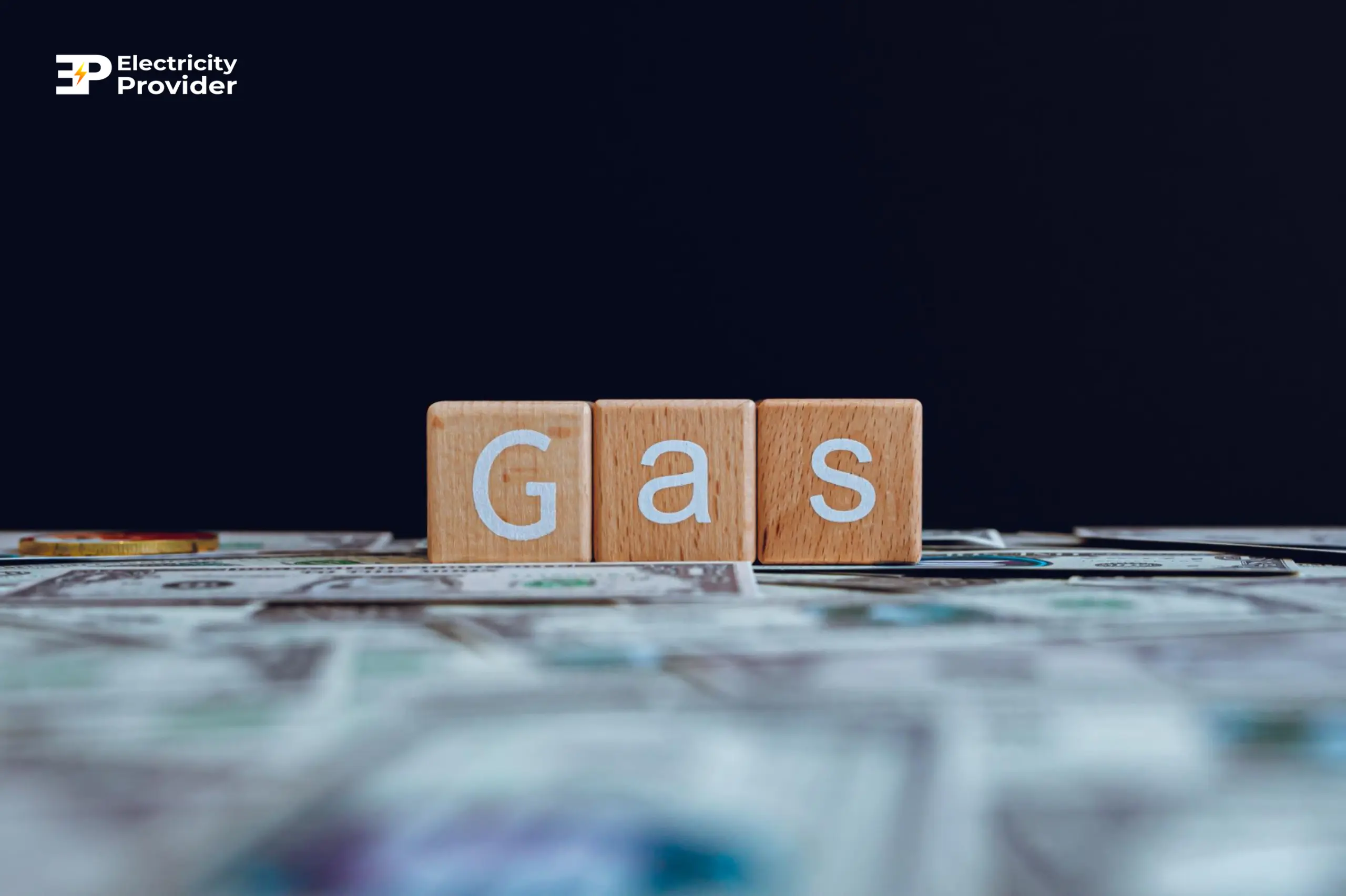What’s a good price for gas? We break down the average cost of gas per MJ in Australia, state by state. Compare gas plans to make an informed choice.

Published on 16/11/2025
By Pallav Verma
Gas Comparison
With energy bills on the rise, understanding what you’re paying for gas has never been more important. For many Australian households, gas is a key expense for heating, cooking, and hot water. But deciphering your gas bill can feel complicated.
This guide breaks down the average cost of gas in Australia, explaining how prices are structured and what you can do to make sure you're on a suitable plan.
Gas bills are generally composed of two main parts:
It's also useful to know the difference between retail and wholesale gas prices. Wholesale prices are set by the Australian Energy Market Operator (AEMO), while retail prices are what you, the customer, pay. Retailers buy gas from the wholesale market and then sell it to you, adding their own costs and margins. This article will focus on the retail prices you see on your bill.
Before we dive into the numbers, let's clarify a few key concepts that will help you understand your gas bill and make a fair gas rates comparison.
A megajoule (MJ) is the standard unit of measurement for gas consumption in Australia. Think of it like a kilowatt-hour (kWh) for electricity. One MJ represents a specific amount of energy. To give you an idea, heating water for a five-minute shower uses around 12-15 MJ, while an hour of cooking on a gas stove might use 5-10 MJ.
For context, 1 kWh of electricity is equivalent to 3.6 MJ of gas. Knowing this helps you compare the energy output and costs of different appliance types.
Your bill is more than just the amount of gas you use. The total cost is determined by:
Prices are also influenced by your location, as different distribution zones have different costs to transport gas. Retailers then add their own markup to these base costs.
Gas prices aren't set in a vacuum. The Australian Energy Regulator (AER) oversees the market in most states to ensure fairness and transparency. Some states also have their own regulators, like the Essential Services Commission (ESC) in Victoria and the Economic Regulation Authority (ERA) in Western Australia.
These bodies provide frameworks that retailers must operate within. Government-run websites like Energy Made Easy and Victorian Energy Compare are available to help you make a price comparison for gas from different providers.
So, what is the typical cost of gas in Australia? Gas usage charges vary significantly between states due to differences in network costs, regulations, and market competition. Here’s a state-by-state breakdown of the average retail usage charges you can expect to see.
|
State/Territory |
Average Residential Usage Charge (c/MJ) |
Source |
|
Victoria (VIC) |
~ 3.08 c/MJ (off-peak, “all remaining consumption”) |
|
|
Tasmania (TAS) |
~ 3.99 – 4.02 c/MJ (for small residential tariffs) |
|
|
New South Wales (NSW) |
~ 4.3 c/MJ (market offers); ~ 5.2 c/MJ (standing offer now the regulated reference price) |
Note: Figures are indicative and subject to annual tariff updates. Always refer to official state or retailer pricing for your address before making comparisons.
The rate you pay is affected by several factors. Understanding them can help you see why your bill might be higher or lower than the average.
Want to get a rough idea of your annual gas bill? You can use a simple formula.
Let’s take a typical two-person home that uses 20,000 MJ of gas per year.
Here is the basic formula you can use with your own figures:
Annual Cost = (Total Annual Usage in MJ × Rate in c/MJ) ÷ 100 + (Daily Supply Charge in $ × 365)
This calculation can be a useful tool when you compare gas plans.
To find a plan that suits your needs, it’s important to use official, independent resources. Sticking with the same provider for years might mean you're paying a loyalty penalty.
When you compare gas charges, remember to check the daily supply charge, contract terms, and any exit fees, not just the usage rate. Reviewing your plan at least once a year is a great habit to get into.
Government data shows that gas usage charges differ across states. In Victoria, off-peak residential rates are around 3.08 c/MJ, while Tasmania’s small residential tariffs range between 3.99 and 4.02 c/MJ. In New South Wales, usage charges are about 4.3 c/MJ on market offers and roughly 5.2 c/MJ for standing offers, now aligned with the regulated reference price. These figures refer to the usage component only and will vary depending on location and plan.
The key takeaway is that you have the power to choose. By using official comparison tools and exploring private commercial comparison platforms like Electricity Provider, you can compare gas plans and find options that may better suit your needs.
Ready to see if you can find a better offer? Start your gas rates comparison at electricityprovider.com.au today and take control of your energy bills.
Disclaimer: Prices and estimates in this article are indicative only and based on data from the AER Annual Retail Energy Market Performance Report 2025, Energy Made Easy, Victorian Government Gazette 2025, Energy Policy WA, and the Tasmanian Economic Regulator. Actual costs will vary depending on your provider, usage, and location. Electricity Provider compares plans from a panel of providers, which does not represent the whole market.



